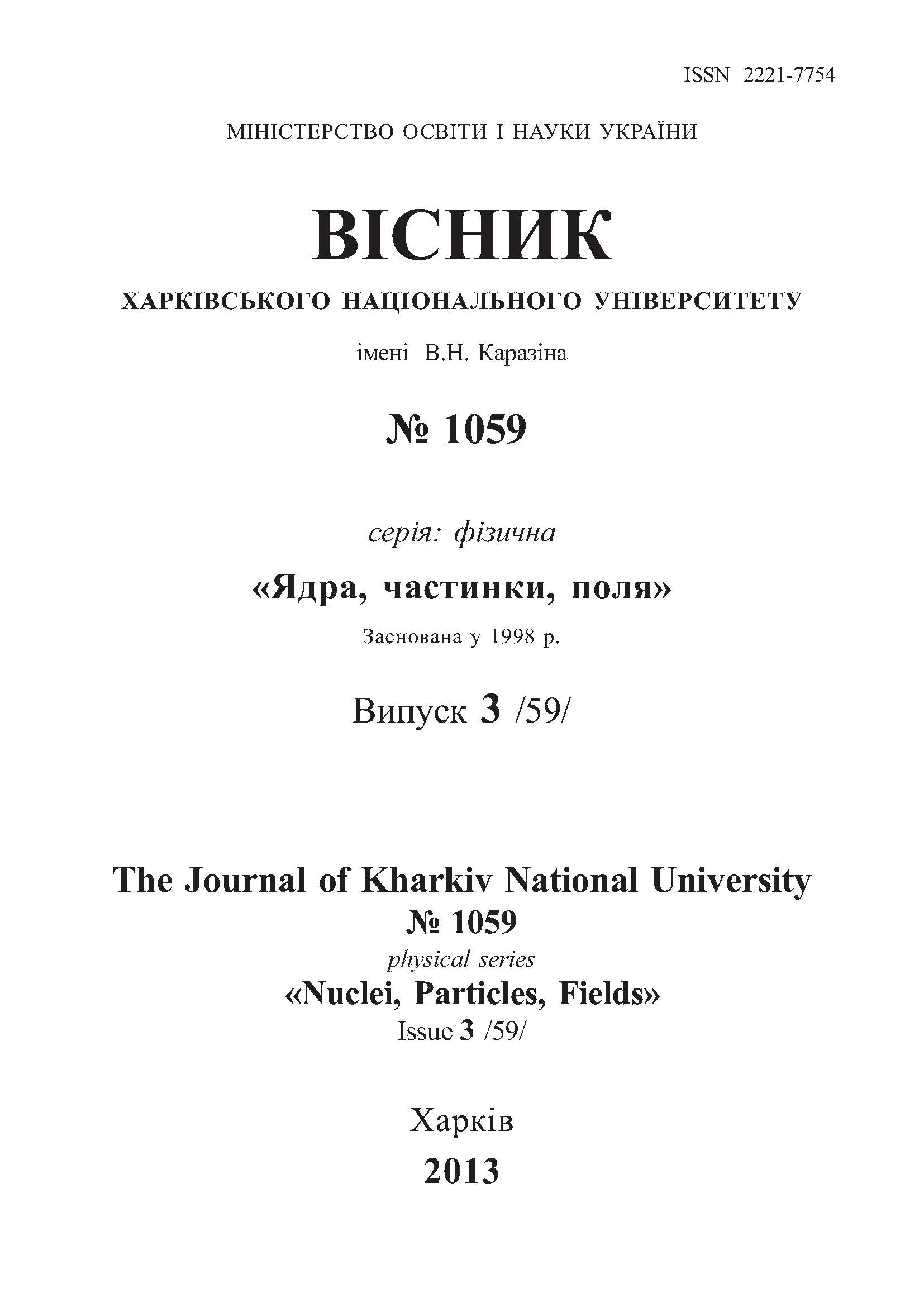Partial Hamiltonian formalism, multi-time dynamics and singular theories
Abstract
In this paper we formulate singular theories (determined by degenerate Lagrangians) without involving constraints. We construct a partial Hamiltonian formalism in reduced phase space (with arbitrary number of momenta). The equations of motion are first-order differential equations, and they coincide with ones of the multi-time dynamics under a certain condition, which in a singular theory is coincidence of number of generalized momenta to the rank of the Hessian matrix. Non-canonical generalized velocities satisfy the system of linear algebraic equations, which sets the appropriate classification of singular theories (gauge and nongauge). To describe the time evolution of physical quantities we introduce a new anti-symmetric bracket (similar to the Poisson bracket). It is shown how the extension of the phase space leads to constraints, and the new bracket goes into the Dirac bracket. Quantization is briefly discussed.
Downloads
References
2. Carinena J. F. Theory of singular Lagrangians // Fortsch. Physik. - 1990. - Vol. 38. - № 9. - P. 641–679.
3. Tulczyjew W. M. The Legendre transformation // Ann. Inst. Henri Poincar´e. - 1977. - Vol. A27. - № 1. - P. 101–114.
4. Tulczyjew W. M., Urba´nski P. A slow and careful Legendre transformation for singular Lagrangians // Acta Phys. Pol. - 1999. - Vol. B30. - № 10. - P. 2909–2977.
5. Menzo M. R., Tulczyjew W. M. Infinitesimal symplectic relations and generalized Hamiltonian dynamics // Ann. Inst. Henri Poincar´e. - 1978. - Vol. A4. - P. 349–367.
6. Marmo G., Mendella G., Tulczyjew W. Constrained Hamiltonian systems as implicit differential equations // J. Phys. - 1997. - Vol. A30. - P. 277–293.
7. Dirac P. A. M. Lectures on Quantum Mechanics. - New York: Yeshiva University, 1964.
8. Gitman D. M., Tyutin I. V. Canonical quantization of constrained fields. - M.: Nauka, 1986. - 216 p.
9. Henneaux M., Teitelboim C. Quantization of Gauge Systems. - Princeton: Princeton University Press, 1994. - 552 p.
10. Sundermeyer K. Constrained Dynamics. - Berlin: Springer-Verlag, 1982.
11. Regge T., Teitelboim C. Constrained Hamiltonian Systems. - Rome: Academia Nazionale dei Lincei, 1976.
12. Pons J. M. On Dirac’s incomplete analysis of gauge transformations // Stud. Hist. Philos. Mod. Phys. - 2005. - Vol. 36. - P. 491–518.
13. Miˇskovi´c O., Zanelli J. Dynamical structure of irregular constrained systems // J. Math. Phys. - 2003. - Vol. 44. - № 9. - P. 3876–3887.
14. Duplij S. Generalized duality, Hamiltonian formalism and new brackets // Kharkov, 2009. - 24 p. (Preprint Kharkov National University, arXiv:math-ph/1002.1565v5).
15. Duplij S. A new Hamiltonian formalism for singular Lagrangian theories // J. Kharkov National Univ., ser. Nuclei, Particles and Fields. - 2011. - Vol. 969. - № 3(51). - P. 34–39.
16. Arnold V. I. Mathematical methods of classical mechanics. - Berlin: Springer, 1989.
17. Nakamura T., Hamamoto S. Higher derivatives and canonical formalisms // Progr. Theor. Phys. - 1996. - Vol. 95. - № 3. - P. 469–484.
18. Andrzejewski K., Gonera J., Machalski P., Ma´slanka P. Modified Hamiltonian formalism for higher-derivative theories // Phys. Rev. - 2010. - Vol. D82. - P. 045008.
19. Lanczos C. The variational principles of mechanics. - Toronto: Univ. Toronto Press, second edition. - 1962. - 367 p.
20. Landau L. D., Lifshitz E. M. Mechanics. - Oxford: Pergamon Press, 1969. - 224 p.
21. Longhi G., Lusanna L., Pons J. M. On the many-time formulation of classical particle dynamics // J. Math. Phys. - 1989. - Vol. 30. - № 8. - P. 1893–1912.
22. Gogilidze S. A., Khvedelidze A. M., Pervushin V. N. On Abelianization of first class constraints // J. Math. Phys. - 1996. - Vol. 37. - № 4. - P. 1760–1771.
23. Loran F. Non-Abelianizable first class constraints // Commun. Math. Phys. - 2005. - Vol. 254. - P. 167––178.
Copyright (c) 2013 Steven Duplij

This work is licensed under a Creative Commons Attribution 4.0 International License.
Authors who publish with this journal agree to the following terms:
- Authors retain copyright and grant the journal right of first publication with the work simultaneously licensed under a Creative Commons Attribution License that allows others to share the work with an acknowledgment of the work's authorship and initial publication in this journal.
- Authors are able to enter into separate, additional contractual arrangements for the non-exclusive distribution of the journal's published version of the work (e.g., post it to an institutional repository or publish it in a book), with an acknowledgment of its initial publication in this journal.
- Authors are permitted and encouraged to post their work online (e.g., in institutional repositories or on their website) prior to and during the submission process, as it can lead to productive exchanges, as well as earlier and greater citation of published work (See The Effect of Open Access).








